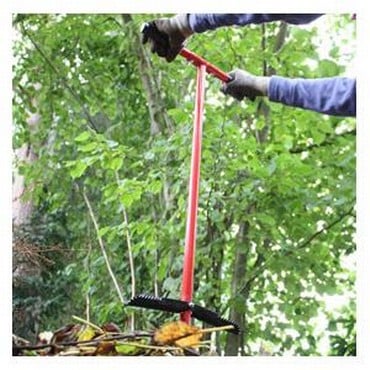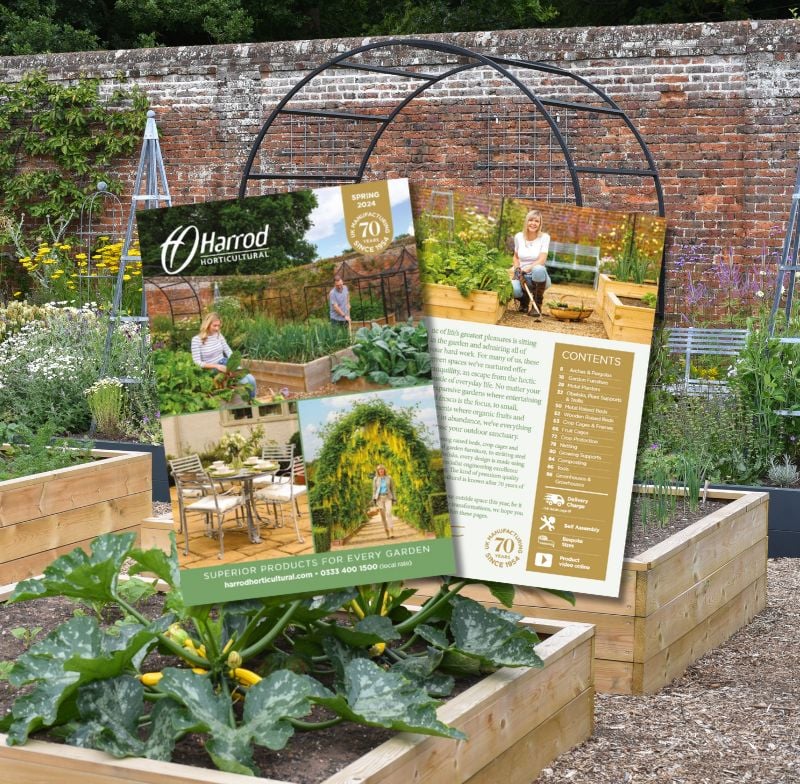Composting in Crete!
I am living now in Crete and have a plastic square compost bin with a lid.
I have been putting all peelings,egg shells,tea bags in the mix but also shells of pomegranates left over from extracting the juice. This all smells o.k but there are loads of fruit flies when you open the lid..is this o.k ?
We make homemade wine also,sometimes the fruit sits in a fermentation bucket for 3/4 days..is this suitable for compost bin or not ?
Also I am about to cut back large geranium bushes,can this go in the compost bin or is it best to burn ?
It is very difficult to buy compost here as we think of it in the U.K so any tips gratefully received !
Many thanks,
Kind regards,
Jane.
Many thanks for your Mediterranean-based compost enquiry.
I’m not surprised that fruit flies are finding your bin appealing as they have a taste for organic matter and if you are adding fruit and vegetables to the bin, then their interest is heightened. They are not a problem, only an annoyance, and you can help to mask the rotting fruit by covering it with a thick layer of soil or even cardboard after depositing it in the bin or by placing a sticky yellow trap outside the bin to attract the flies.
It’s also an idea to try and get the lid or hatch to fit tightly, as this will help prevent access to the rotting vegetation, and you may also want to try and ‘case’ the bin; this is a process where a layer (minimum 5cm deep) of well rotted compost or leaf mould is placed on the matter inside and no further material added for a week.
I’d certainly try and add some ‘brown’ material such as sawdust, straw, paper, cardboard etc to soak up some of the excess moisture fruit and veg peelings bring to the bin (they are around 90% water) and although adding the slightly fermented fruit shouldn’t have any detrimental effect on the heap or mature compost, once again the fruit will be mostly water so have plenty of shredded paper or cardboard on hand.
Your geranium bushes should be fine to compost as long as they don’t show any obvious signs of disease and the smaller you cut up the pieces (shredding is ideal), the quicker they will break down. Mix them into the heap well, search around for any weeds (before they set seed) or other unwanted plant material and throw them in too!
You may already be aware that it’s possible to compost anything which once lived (hence paper and cardboard, originally from trees) so search around for the less obvious sources such as the contents of your hoover bag, hair, coffee grounds, seaweed (rinse it first) and even woollen jumpers (not much demand for these in Crete?!).
Some other tips? It’s not actually essential to turn a heap if you build it correctly to start with. This involves creating plenty of air spaces which is just what you are trying to achieve when you turn material. Add in plenty of egg boxes, corrugated cardboard, kitchen and toilet roll centres, scrunched up paper and cardboard and lots of twigs and branches when building your heap and these bulky compostable materials will create the essential air spaces required for the composting process to occur. You may wish to create a layer of twigs and branches at the bottom of the heap to help create an airway as well.
You might also want to try grassboarding. This isn’t an extreme sport but a way of producing excellent compost from predominantly grass cuttings and kitchen waste, mixed thoroughly with paper, cardboard and egg boxes, for example. This is a great way of getting rid of a glut of grass clippings as adding them exclusively to a ‘normal’ heap can result in a slimy wet, smelly mess!
Thanks again for your enquiry and the best of luck with your composting activities.
Kind Regards
Martin
























